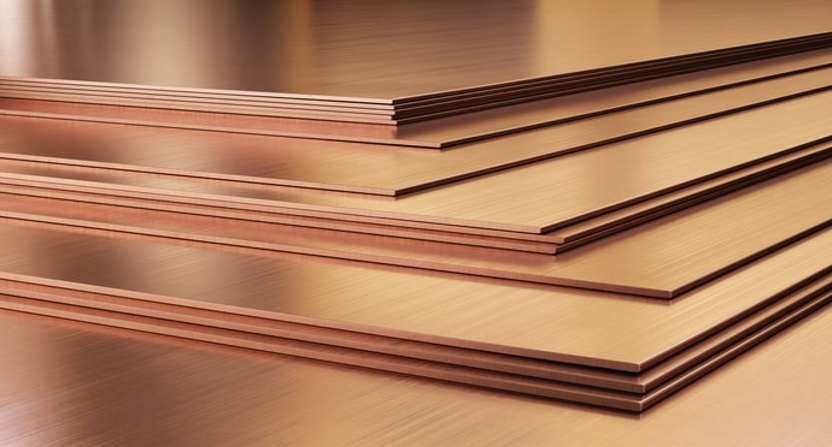SANTIAGO, Oct. 17 — The world’s largest copper producer, Codelco, has announced a 2026 premium of $325 per tonne for shipments to European customers, marking the highest surcharge ever imposed on top of the London Metal Exchange (LME) benchmark price. The increase represents a 40% jump from 2025 levels, underscoring mounting concerns over global supply shortages.
Supply Disruptions Driving Prices
The record-setting premium reflects production setbacks in the Democratic Republic of Congo and Indonesia, two of the world’s most important copper-producing nations. Both countries have faced operational and regulatory disruptions that have constrained output, amplifying fears of a tightening global market.
These concerns have already pushed LME copper prices to a 16-month high of around $11,000 per tonne, with traders bracing for further volatility as inventories remain historically low.
Benchmark for Global Contracts
Codelco’s annual premium is widely regarded as a benchmark for physical copper contracts worldwide, influencing pricing structures across Asia, Europe, and North America. The surcharge is paid by buyers on top of the LME reference price to secure physical delivery, reflecting logistics, processing, and regional supply-demand dynamics.
Demand Outlook
Copper is a critical input for power grids, renewable energy systems, and electric vehicles, making it central to the global energy transition. Analysts warn that demand growth is colliding with supply constraints, creating conditions for sustained price pressure.
“Codelco’s move signals that buyers should prepare for a structurally tighter market,” one European metals trader said. “The premium jump is not just about 2026 — it reflects a long-term imbalance between demand and supply.”
Strategic Implications
Europe, heavily reliant on copper imports, faces rising costs for industries ranging from construction to clean energy. The record premium could accelerate efforts to diversify supply chains and invest in recycling, but in the near term, manufacturers are expected to absorb higher input costs.



